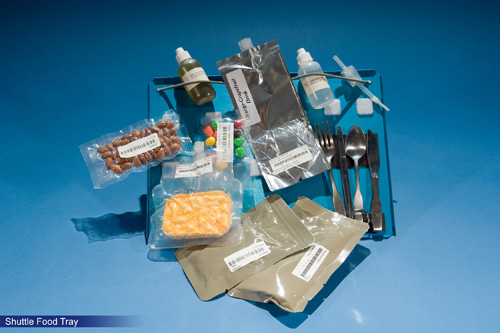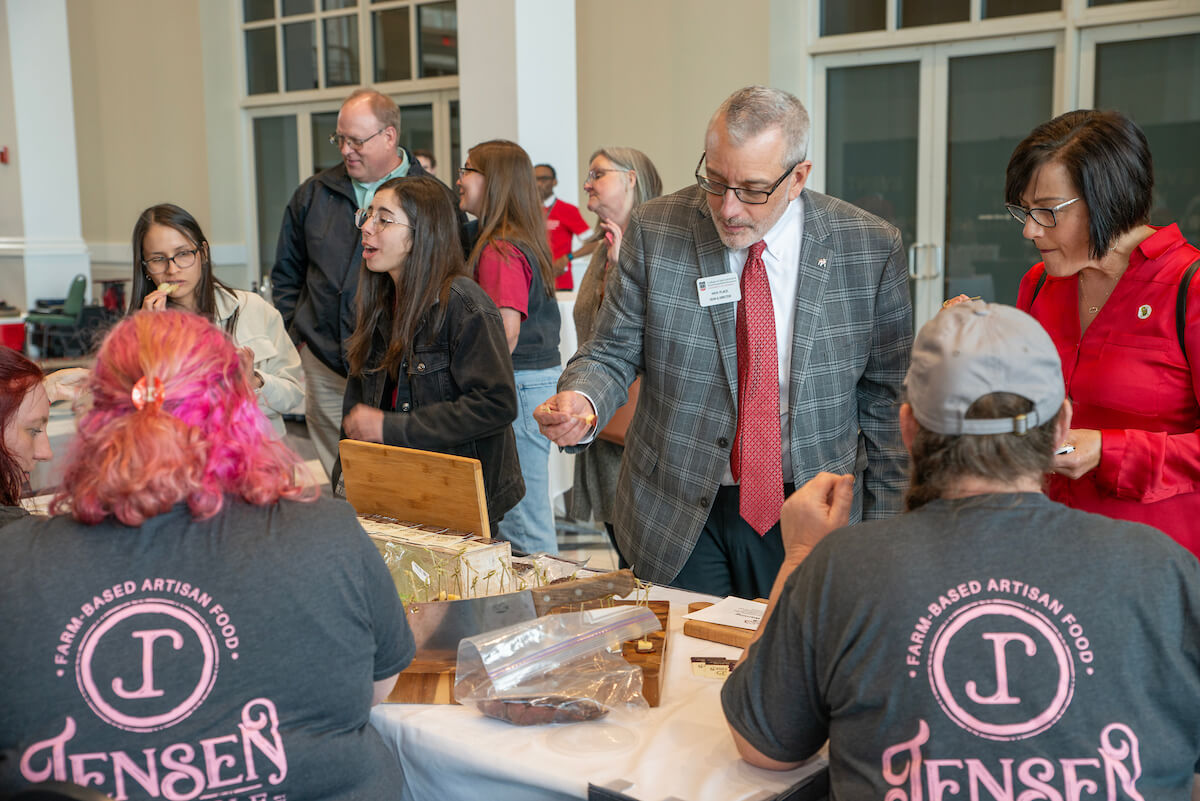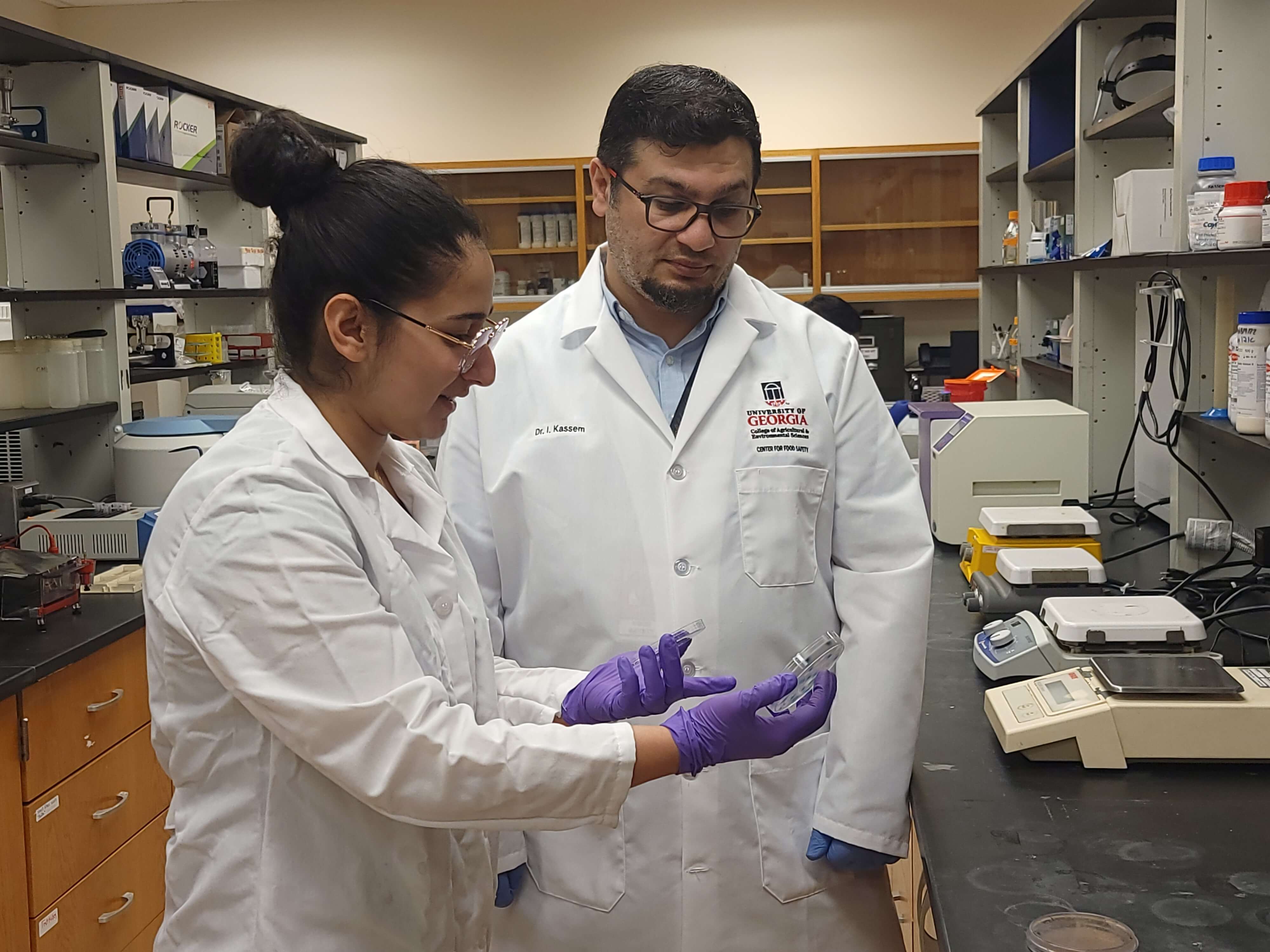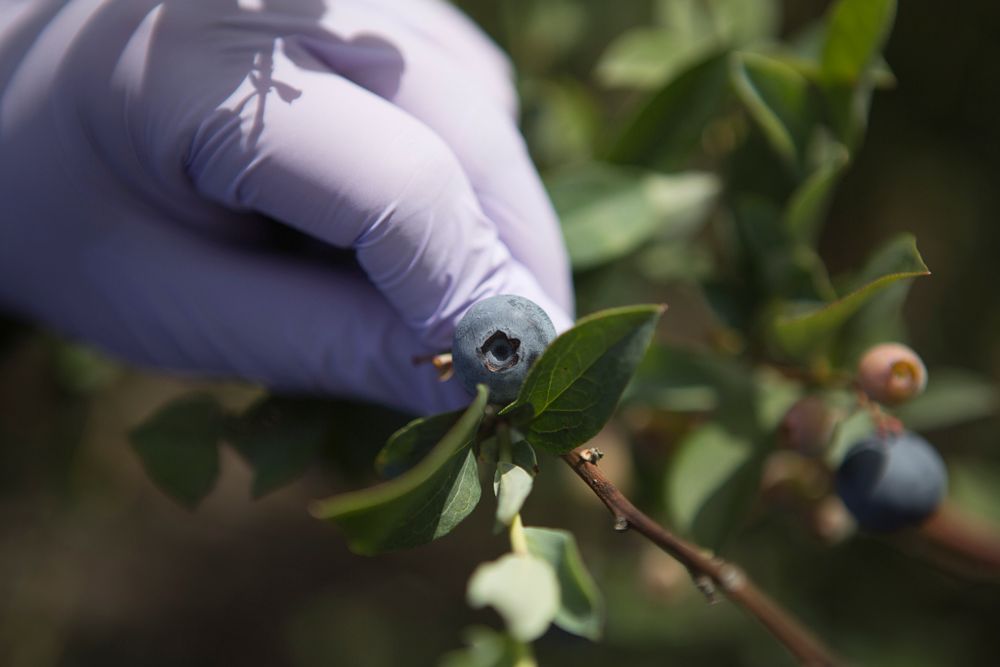With a grant from NASA, food scientists at the University of Georgia aim to create zero-oxygen storage foods for deep-space travel. They admit to still being a few years away from that goal, but they recently made great strides that will translate not only into improved foods for space but for Earth-bound grocery shelves, too.
Essential to life, oxygen is the death knell for stored foods. It causes foods to stale, turn brown and rot. Oxygen reacts with vitamins, carbohydrates, lipids, and proteins, gradually deteriorating packaged foods’ quality, flavor, and texture. Even canned and vacuum-packed foods, which contain small amounts of oxygen, eventually oxidize.
“All foods deteriorate from the time of packaging to the time they reach your table,” said Aaron Brody, an adjunct professor of food science and technology at UGA. “Whether the food is dry, wet, refrigerated, or frozen, oxygen is the bad actor.”
Brody and UGA food scientist Louise Wicker, his partner on the project, hope to store foods for a minimum of five years.
“The food packaging is already there, but it doesn’t do any good to have barrier packaging if you don’t have the lowest-oxygen food going into the package,” said Wicker, coordinator of UGA’s masters of food technology program. She dubbed their most recent achievement “micro-oxygen foods.”
While the beer and wine industries have achieved great strides in removing oxygen from liquids, the solid food industry can make no such claim. The UGA scientists are the first to wrench so much oxygen from solid foods that it’s detectible only in parts per million.
“We’ve so far achieved 30 parts per million,” said Wicker, “but we’re working toward 30 parts per billion. When that happens, we’ll call them nano-oxygen foods.”
Solandre Pérez Almeida, a UGA graduate student who now works in quality assurance at the Flanders Provision Co. in Waycross, Ga., also worked on the project. Her hands were often in the oversized gloves of the low oxygen processing chamber, peeling bananas and squeezing oranges with the aim of removing as much oxygen from these fruits as possible.
Pérez Almeida used liquid nitrogen to gradually purge oxygen from the chamber, where she processed the fruit under micro-oxygen conditions.
Bananas and oranges were used because they are highly nutritious, but according to Wicker, they also presented great challenges in removing oxygen. Orange juice is oxygen-sensitive and it oxidizes quickly, affecting flavor. Bananas, highly perishable, also contain an enzyme, polyphenol oxidase (PPO), which, in the presence of oxygen, causes browning almost immediately.
“When we saw browning on the bananas inside the chamber we suspected that PPO doesn’t follow conventional enzyme kinetics under micro-oxygen conditions, and that was confirmed by later analysis,” Wicker said.
Astronauts on the International Space Station enjoy a wide variety of foods, from multi-grain Cheerios, cashews, and banana pudding cookies to broccoli au gratin and tofu with hot mustard sauce. Most astronauts are in space for six months or less, so food storage, while important, hasn’t posed major restrictions. But developing safe, high-quality foods for deep space travel—a trip to Mars that could last three to five years—is critical.
“One of the more important criteria for space food is that it’s ‘Earth-like,’” said Michele Perchonok, an advanced food technologist at NASA. “Comfort foods—those we grow up with like macaroni and cheese, mashed potatoes, and chicken noodle soup—are foods the astronauts crave, especially when they’re in space for many months. The tubes and cubes of the Mercury and Gemini era just don’t meet those comfort food criteria.”
Wicker agrees. “Tang is great, but it’s not orange juice,” she says. “Food is such a critical part of who we are. It’s our link to Earth.”
Wicker and Brody work primarily with fruits because they are high-acid foods not given to the growth of harmful pathogens. Low-acid foods such as vegetables and meats are next on their agenda. These foods present a whole new set of food-safety challenges.
“If we get enough oxygen out of these foods, anaerobic pathogenic organisms like Clostriduium botulinum, which causes the foodborne illness botulism, might start to grow,” Brody said. “But if we can simultaneously sterilize low-acid foods while removing the oxygen, we could get extraordinary results in low-acid products.”
He envisions a day when canned foods enjoy a new level of quality as well.
“We’re talking about canned food with the quality of frozen food and a shelf life of two years or more,” he said. “And it’s not merely something for going to Mars. It would give us the ability to produce canned peaches that are just as good as fresh in terms of quality, aroma, and flavor. It’s not far away.”
“Imagine the energy savings associated with storing foods at ambient instead of chilled or frozen temperatures,” said Wicker, “and the food product has as high quality as the chilled or frozen counterpart.”
As the first researchers to start this kind of micro-oxygen work, they have problems to solve and new horizons to explore.
“Even if we’re able to get oxygen levels down to parts per billion, we don’t yet have the instrumentation to read it,” she said. “We’re entering a brave new world in food processing.”









